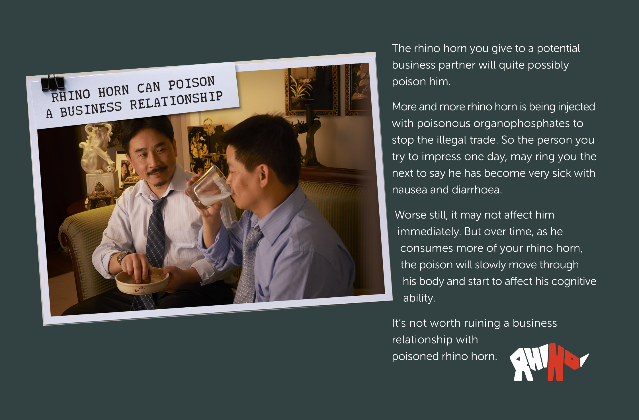
As people who say we care about rhinos we need to make a decision to get smarter faster if we really want to save these animals from extinction in the wild. I have several reasons for making this statement, for now I will focus on just two or three. This blog is a little lengthy, please don’t assign it to the TL;DR (Too Long; Didn’t Read) basket; a lack of attention to the detail of this complex issue is slowing down the solution to the rhino poaching problem.
Firstly, in August 2012 TRAFFIC published a report: ‘The South Africa – Viet Nam Rhino Horn Trade Nexus’ highlighting Viet Nam as the primary driver of the current rhino killing spree and the key users groups. It took about two years, not until around mid 2014, for the South African and global media to move from talking about China, traditional Chinese medicine, aphrodisiacs and a 2000 year old culture to finally start talking about Viet Nam, status symbol, detox drink and a relatively recent emerging use.
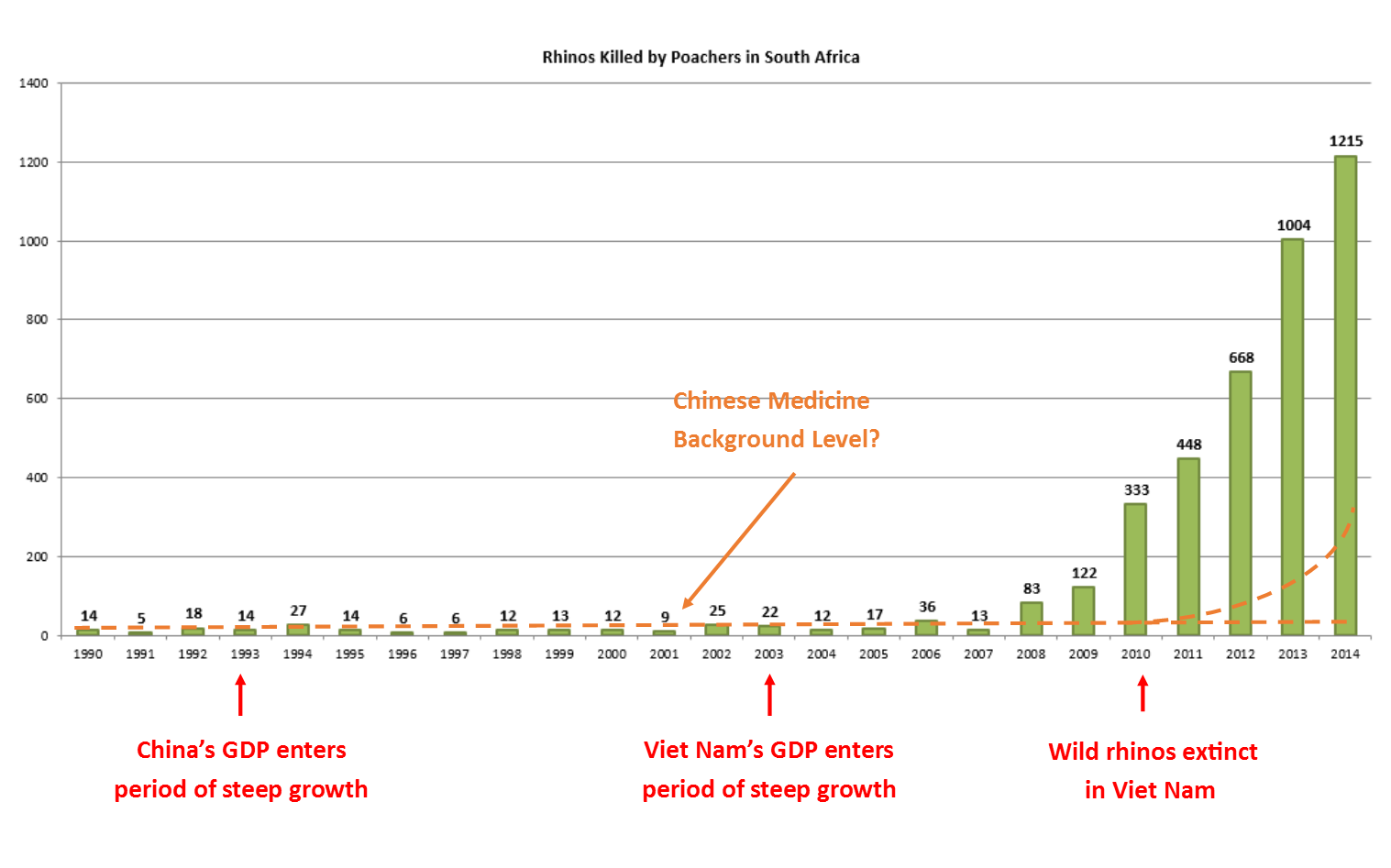
Even now l regularly see articles that are stuck in the old paradigm. There has been a re-emergence of interest in rhino horn from China, but in the main rhino horn is purchased for investment, speculation or art/antique objet d’art. But that’s another story.
The dissemination of the most up to date information, even within groups that are interested and passionate about this issue, is glacially slow which has consequences for the very animals we say we care about. This needs to change.
Another issue where we are stuck in a loop is the no trade/pro-trade debate. Whilst it has had a great deal of media coverage worldwide many of the articles, published over nearly a two year period, haven’t moved much beyond asking the question “Can legalising the trade in rhino horn save a species?”
When I was in South Africa earlier this year all my meetings clearly showed that very few people understood the nature of the demand or the users of genuine rhino horn. This is obviously very concerning since the South African government appears to be actively pursuing a trade legalisation agenda and they are creating risk-benefit models for pro/anti trade decisions based on incomplete information.
Yes, I heard that southern white rhinos are easy to farm “They are just like cows” one person said, “easy to manage, like dogs” said another.
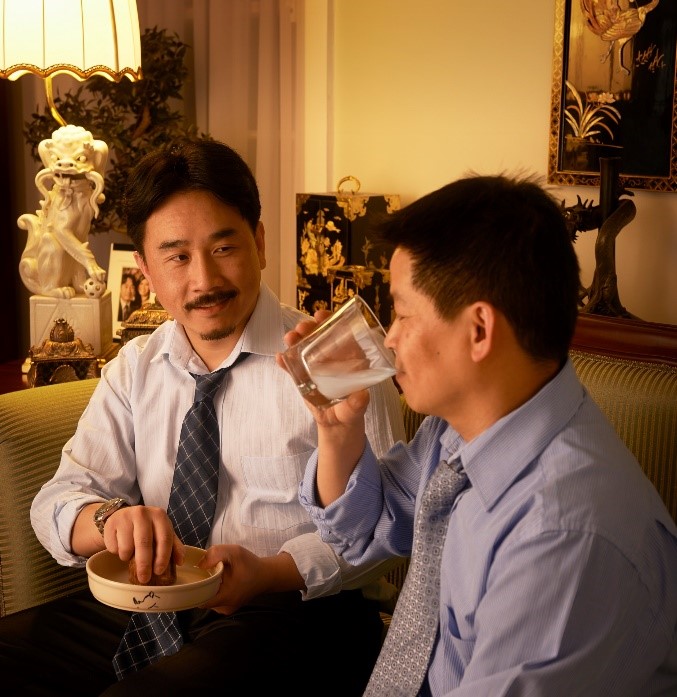
Significantly, not enough people are asking the right questions: “Whilst we know that horns can be harvested for sale, are these the rhino horns that the wealthy users, driving the poaching of wild rhinos, will want to buy? Are farmed horns a substitute product for horns from wild rhinos to the primary user groups?” BTB’s research has always indicated a farmed product is not seen as a substitute product by the wealthy Vietnamese elite who can afford to buy genuine, wild rhino horn. They are interested in the wild ‘product’ and so while the demand remains the poaching will continue.
I have not seen or heard this mentioned in any news articles on the trade debate. The knowledge that the Vietnamese are not interested in a farmed product is not new. It was highlighted previously in a 2011 publication ‘Hungry for Success: Consumer Demand for Wild Animal Products in Viet Nam’ by Flora and Fauna International.
Research in Asian counties demonstrates that wild animals are considered to be more strength-giving because they have to fight for resources and therefore have greater energy (Chi) and to be ‘pure’ because they eat naturally occurring foods as opposed to farmed animals. The horn that comes from farmed rhinos isn’t seen as powerful or status giving as the genuine wild article; it is not considered a substitute product by the people who can afford to buy wild rhino horn. This was confirmed to me when I interviewed users of genuine, wild rhino horn in Viet Nam who stated that they don’t want horn from a farmed rhino and they would pay to get the wild ‘product’.
I first started talking about, emailing and posting this fact in mid-2013. Remember, even as a status symbol rhino horn is ingested via the so called ‘millionaires detox drink’; a businessman will take it at the end of a networking evening and, as host, will offer it to the peer group he is trying to impress. So its perceived strength/purity is considered important.
Given the importance of ‘Chi’ in these cultures it is not a coincidence that TRAFFIC have designed a whole behaviour change/demand reduction campaign around it.
If I need to further stress that these wealthy buyers of rhino horn don’t see farmed rhino horn as a substitute product let’s consider the example of the pangolin – believed to be the world’s most hunted creature and a favourite dish for Viet Nam’s wealthy elite. People who farm pangolins scratch and damage their scales before selling them to restaurants, so they look like they have been taken from the wild. Finally, if you would like additional evidence that the Vietnamese, who can afford to pay for horn from wild rhino, are not interested in a farmed product, check out, If the users REALLY wanted farmed rhino horn why isn’t Viet Nam farming their own?
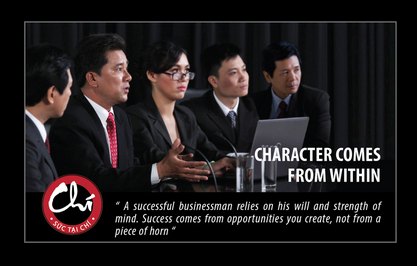
So again, while the demand for rhino horn remains, the poaching of rhinos from the wild will continue; farmed rhino will not help as it is not seen as a substitute product by the Vietnamese elite who can afford genuine, wild rhino horn.
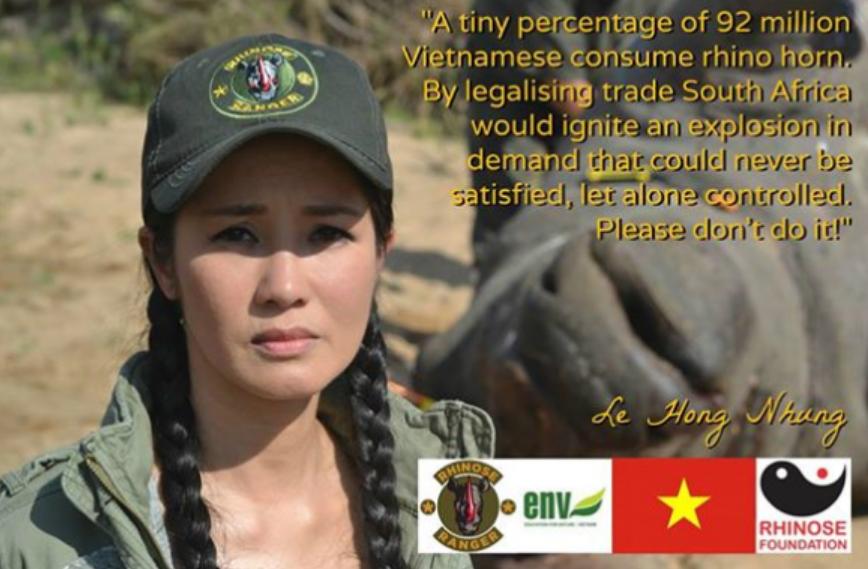
In relation to the pro-trade/no-trade debate, I was struck by a recent advert by the Education for Nature Viet Nam/Rhinose Foundation Partnership. The advert states that currently only a tiny percentage of the Vietnamese population consume rhino horn and legalising the trade could ignite an explosion in demand that could never be satisfied, let alone controlled. The statement ends on a plea – “Please don’t do it!”. Now my question is “Why haven’t the South African or world press asked the pro-trade people to respond to this statement/advert?” Education for Nature Viet Nam is largest and most well know local conservation agency in Viet Nam and they have made a clear and unambiguous statement.
If the pro-trade people say that they disagree are they saying ‘We know the Vietnamese better than the Vietnamese’, and if pro-trade people say they are better placed to analyse the Vietnamese users of rhino horn than ENV, then prove it. Why haven’t they published any user/market analysis they have done etc. Could it be that they haven’t done any???
While the demand for rhino horn remains the poaching of rhinos from the wild will continue; farmed rhino will not help, as it is not seen as a substitute product by the Vietnamese elite who can afford genuine, wild rhino horn.
My final example highlighting the glacial speed of progress is focused on the demand countries. Since launching Breaking The Brand in 2013, we have seen only 4 campaigns that that target the users of genuine, wild rhino horn in Viet Nam in a way that resonates with them:
TRAFFIC Chi Campaign
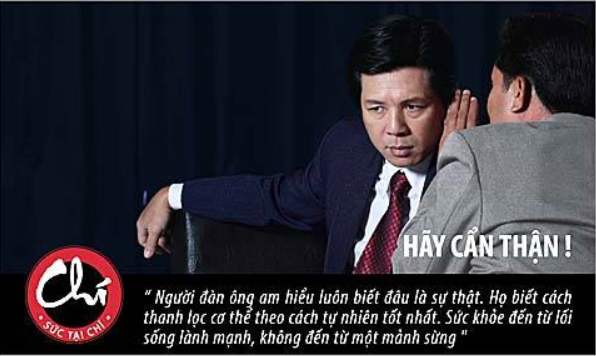
Education For Nature Vietnam Campaign
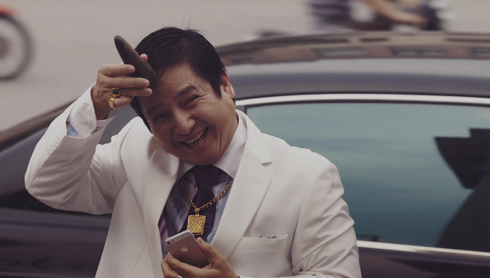
WildAid (VN) Richard Branson Vietnam visit
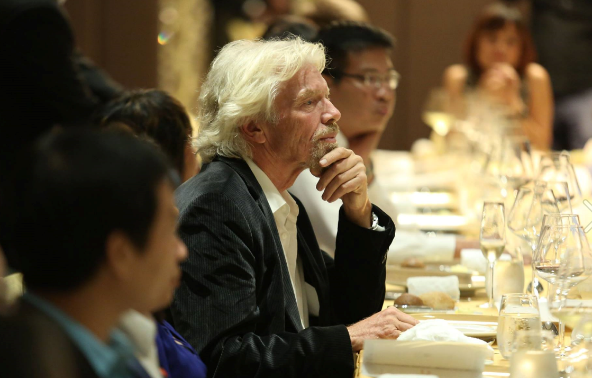
The rest, while necessary to ensure that any change in user behaviour is a sustainable change, are better defined as education or awareness-raising. This is progress, but again how do we speed this up? How do we get agreement to re-allocate resources to genuine demand reduction campaigns? This discussion needs to happen broadly and it needs to happen now; the time for the current piecemeal approach has passed.
It has been great that a handful of researchers from around the world have contacted me throughout 2014/15. There is an increasing desire to better define what demand reduction is and is not; and design more relevant and useful measure of success. We will be working on this in the coming months and will publish the results.
As someone who is passionate about ensuring the survival of rhinos in the wild, I would hope you use this post to ask better questions of those advocating ‘simple’ solutions that are often designed around a clear self-interest (such as trade legalisation). I would also hope that you ignore or shut down side-shows designed to take attention away from the users and traffickers. Let’s make this completely clear, as long as there is demand for wild horn prices will remain high and traffickers will find ways to procure wild rhino horn.
So if you live in South Africa, care about rhinos and want to start asking better questions, here is a great opportunity to put your passion to good use:

You may have already seen the upcoming event where people from both sides of the pro-trade/no-trade fence will present a plan to save rhinos from extinction in the wild:
1. Dawie Roodt
2. Braam Malherbe
3. Colin Bell
4. Ian Michler
Date: Thursday, 1 October 2015
Time: 7:30AM for 8:00AM
Venue: The Pavilion at the Kelvin Grove Club
If you can go along and ask about some of the questions I have posed above that would be great.
If we care about the plight of the rhino, meaning we genuinely care about the survival of the species in the wild, then let’s invest in getting smarter, faster for their sake.
These are the views of the author: Dr. Lynn Johnson, Founder, Breaking the Brand

